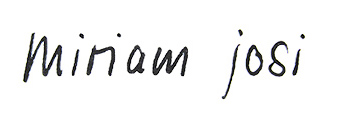Mycelium, the reproductive part of the fungus, interacts with the bacterias, roots, rocks and soils of the underground. Made up of microscopic filaments known as hyphae, mycelium has no determinate form, growing three dimensionally below ground in search of food and mutually beneficial relationships, sometimes spanning kilometers. Mycelium thrives in its environment, sequestering carbon, connecting trees and plants, acting as nature’s internet facilitating the transfer of nutrients and information between them. It has the ability to decompose organic matter, dead logs, animals and detritus to prevent the forest from choking up, acting as nature’s gut, regenerating soils and making space for new life.
Typically in design, mycelium is used to assist in the fabrication of new bio-circular materials with the goal to replace harmful existing ones; the process is referred to as myco-fabrication. Organic waste is used as a substrate for mycelium, filled into a mold and when placed in a sterile, moist and contained environment the mycelium feeds on the substrate until the mold is fully inoculated - then the form can be removed and dried in order to stop the growth. Myco-fabrication has low embodied energy, harnessing the process of growth and a multitude of human benefits include its capacity to consume local waste, its inherent accessibility and it can be returned to the earth to begin the cycle again.

